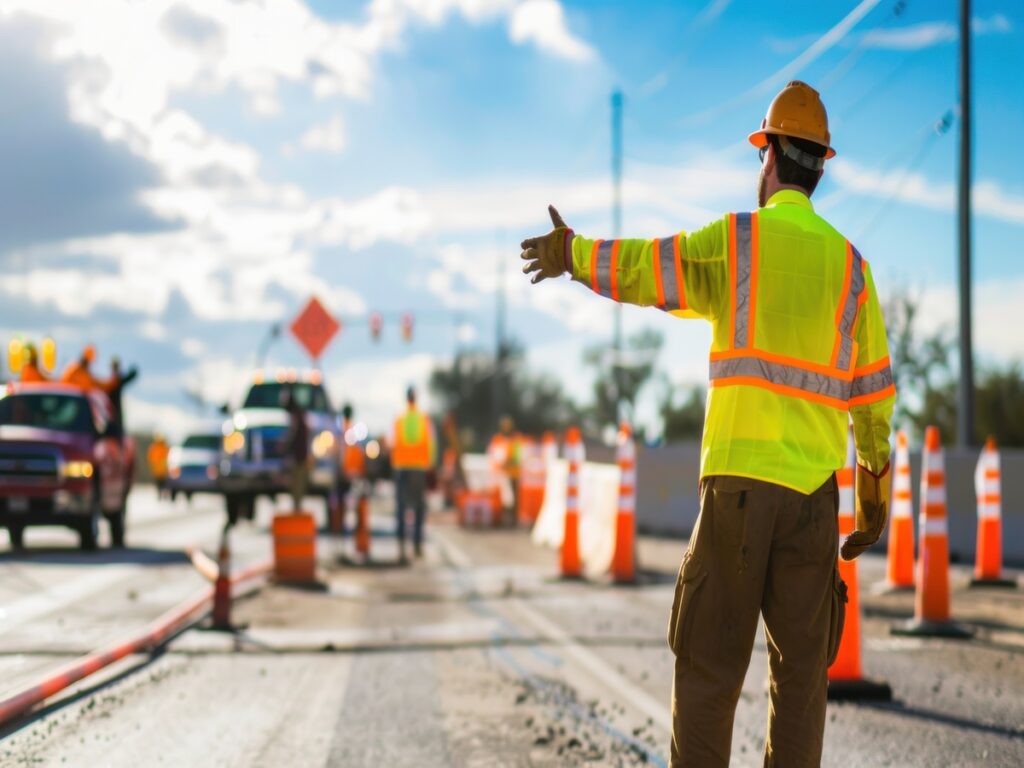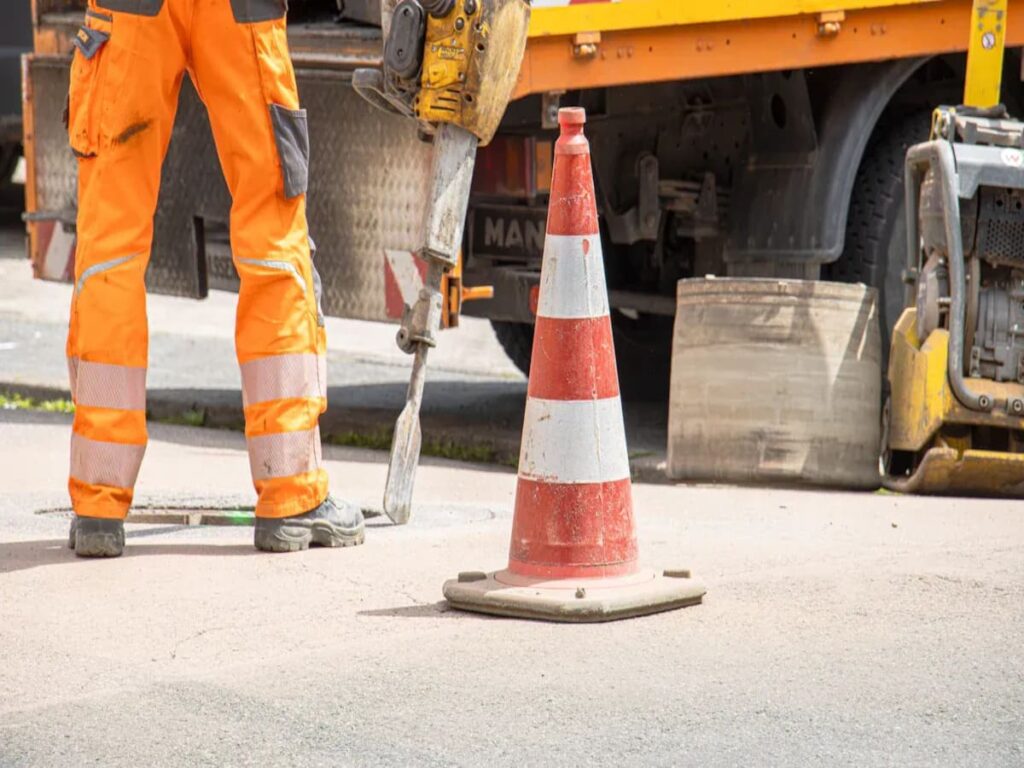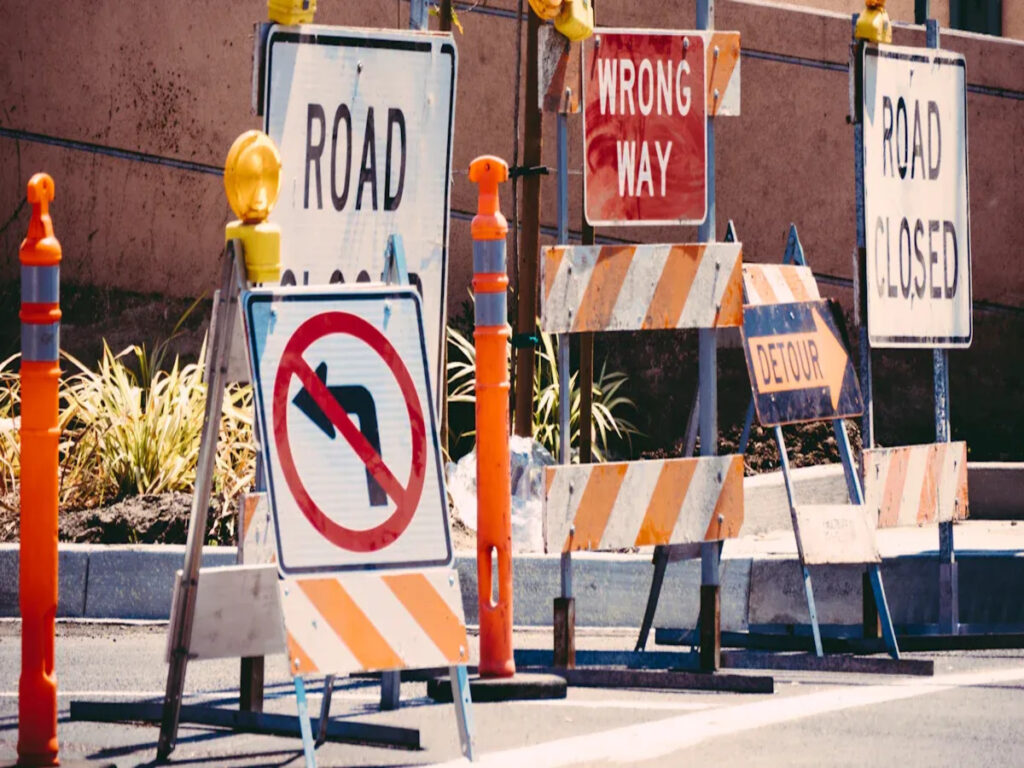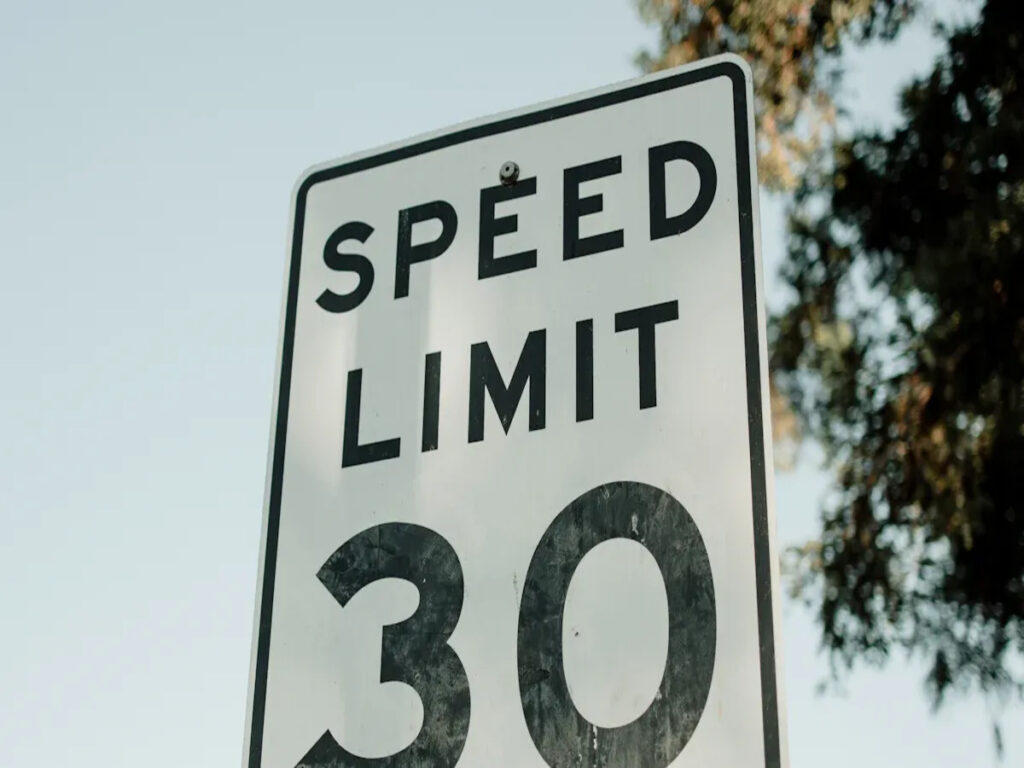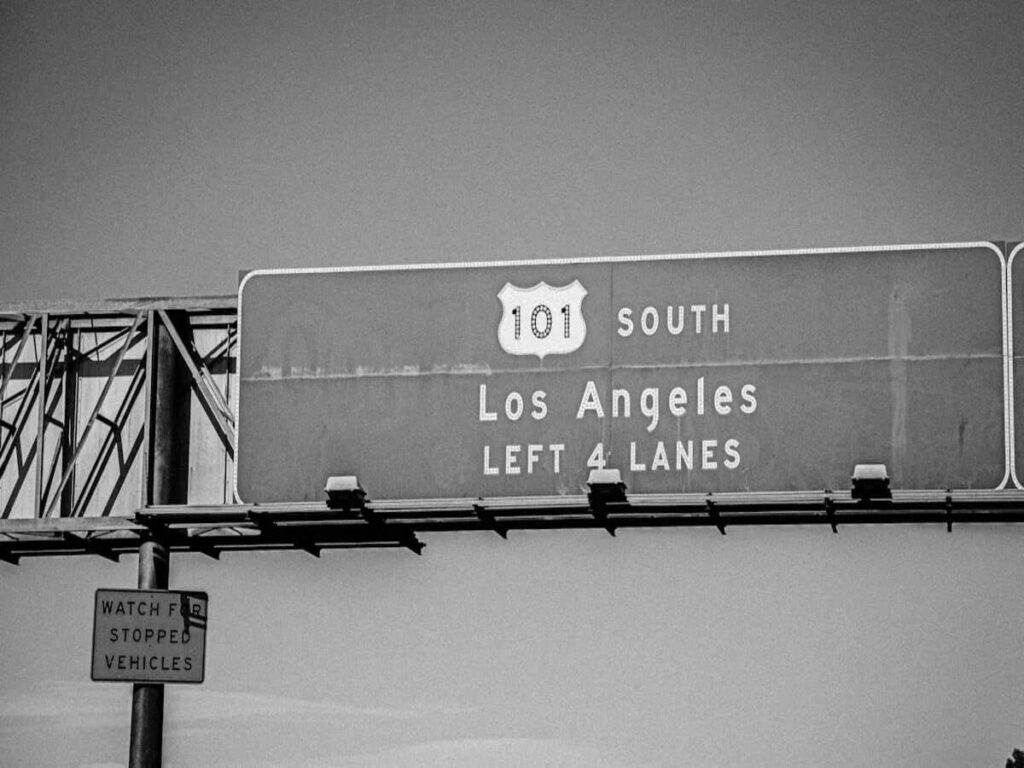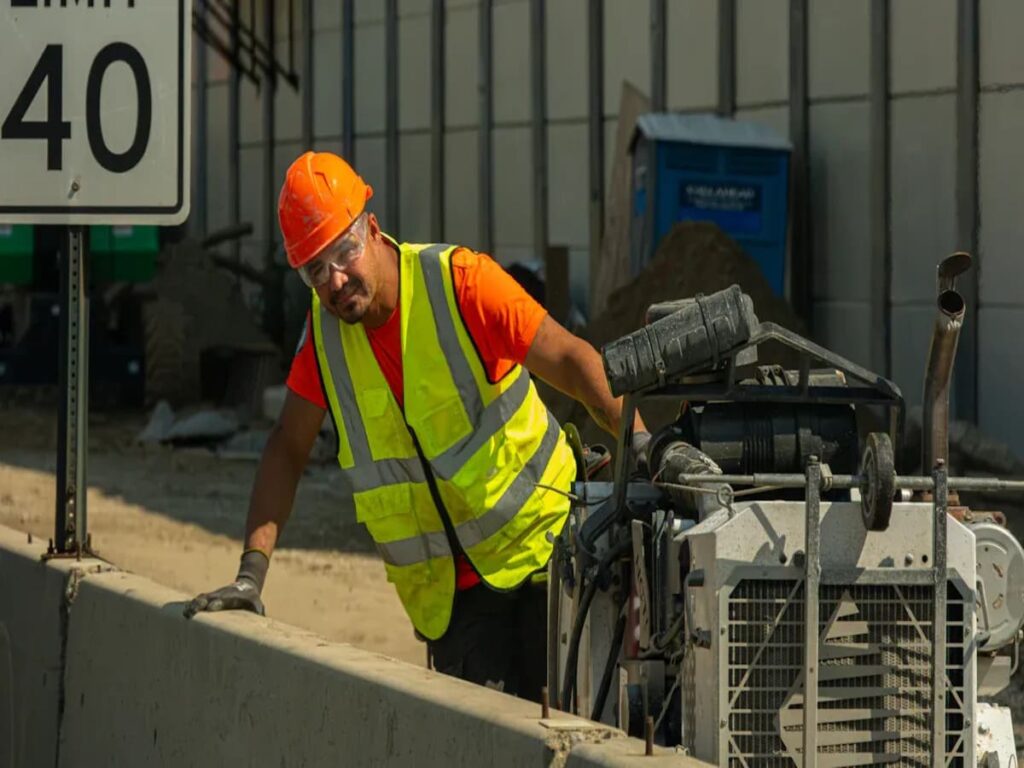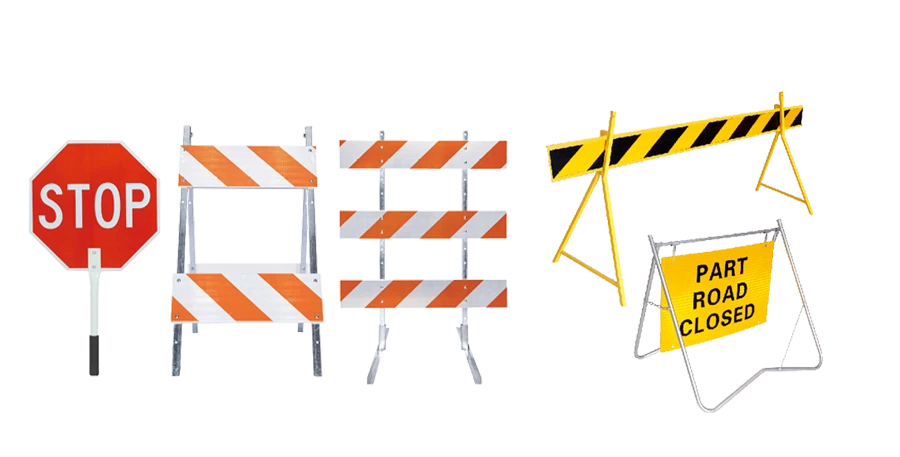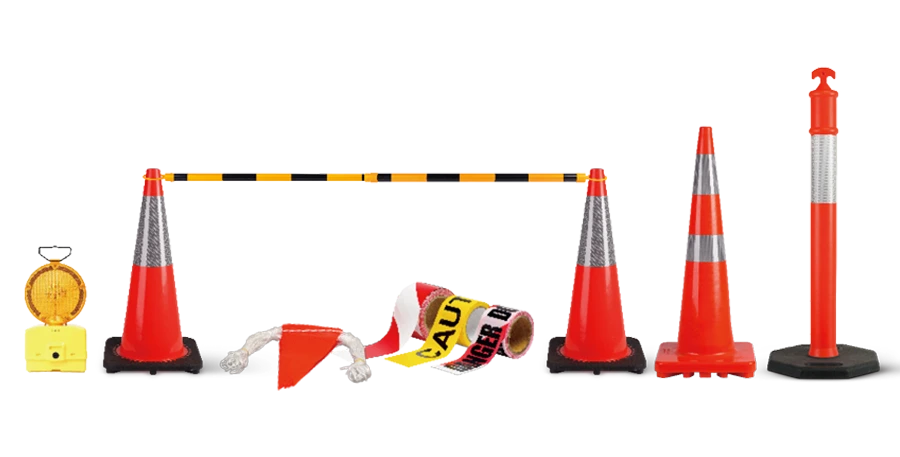
Kapitel 8 Schilder sind wichtig für die Kontrolle des Verkehrs an Roadworks. Diese Verkehrssicherheitsschilder helfen Fahrern und Fußgängern, sich in schwierigen Bereichen sicher zu bewegen. Sie bewahren Arbeiter und Straßenbenutzer bei korrekter Verwendung sicher. Befolgen Sie die britischen Verkehrsregeln, Wie die im Kapitel beschriebenen 8, stellt sicher, dass Schilder platziert und richtig gesehen werden. Das Einhalten dieser Vorschriften hilft dabei, die Dinge organisiert zu halten und die Gefahren bei temporären Verkehrsänderungen zu verringern.
Optraffic bietet eine breite Palette von Sicherheitsschildern zum Verkauf, Entwickelt, um Kapitel zu treffen 8 Richtlinien für das vorübergehende Verkehrsmanagement. Optraffic langlebig, Schilder mit hoher Sichtbarkeit helfen bei der Gewährleistung der Einhaltung, Straßensicherheit verbessern, und halten Sie sowohl Arbeiter als auch Straßenbenutzer geschützt.
Key Takeaways
- Kapitel 8 Zeichen sind wichtig, um die Straßen während der Arbeit zu schützen. Sie zeigen Fahrern und Wanderer, wie sie gefährliche Flecken vermeiden können.
- Das Handbuch für Verkehrszeichen hilft sicher, dass Schilder klar und am richtigen Ort sind. Dies stoppt Verwirrung und hält alle sicher.
- Die Arbeitnehmer müssen regelmäßig geschult werden, um das Kapitel zu befolgen 8 Regeln. Das Training lehrt sie, warum klare Zeichen und gute Platzierungswerte wichtig sind.
- Kapitel brechen 8 Regeln können rechtliche Probleme verursachen, Geldprobleme, und verletze deinen Ruf. Konzentrieren Sie sich immer auf die Sicherheit und befolgen Sie die Regeln.
- Durch die Verwendung von glänzenden Materialien und guten Lichtern erleichtert die Schilder leichter zu sehen. Dies ist besonders nachts oder bei schlechtem Wetter hilfreich, Menschen schützen.
Kapitel verstehen 8 Zeichen
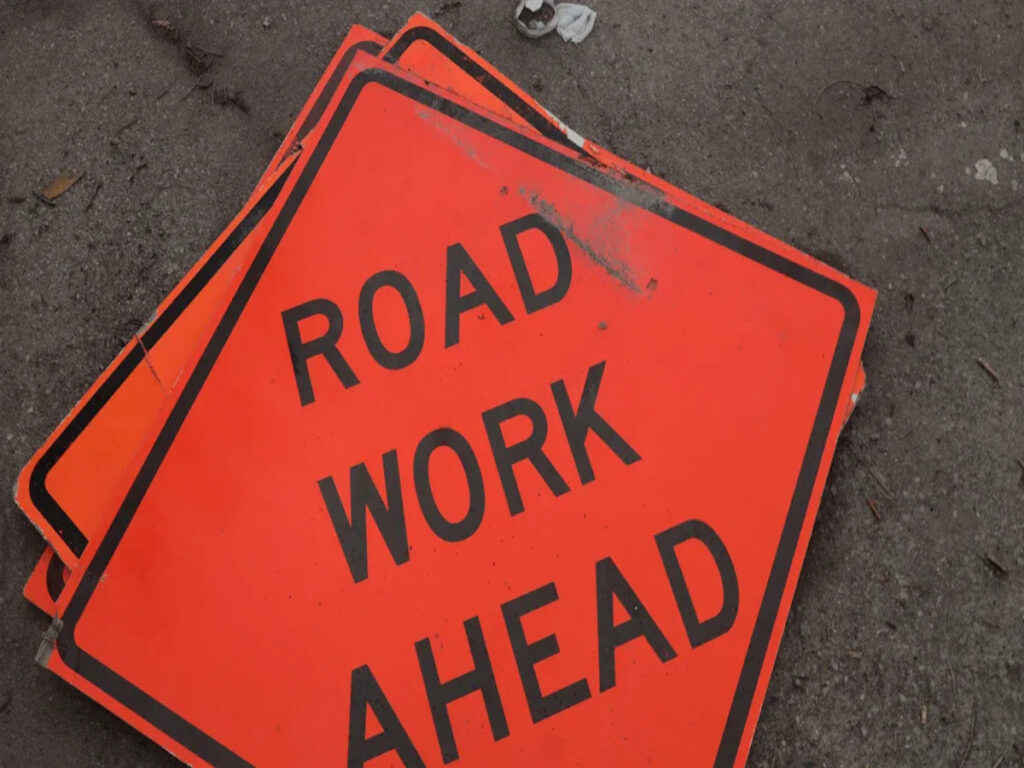
Definition und Zweck
Kapitel 8 Zeichen sind sehr wichtig, um den Verkehr sicher zu verwalten. Diese Verkehrszeichen, erklärt in der Verkehrszeichenhandbuch, Hilfe bei Straßenarbeiten oder Störungen. Sie befolgen Regeln wie die Neue Straßen- und Straßenarbeitengesetze 1991. Ihre Hauptaufgabe ist es, Fahrer und Wanderer sicher durch knifflige Bereiche zu führen.
Um das zu tun, Kapitel 8 Zeichen müssen strenge Regeln befolgen. Sie sollten leicht zu sehen sein und benötigen möglicherweise zusätzliche Teller. Zum Beispiel, A “Baumschnitt” Das Zeichen hilft, Baumarbeiten in der Nähe zu erklären. Eine einfache Arbeitszone benötigt oft mindestens acht Anzeichen, um den Verkehr gut zu verwalten. Bei diesen Zeichen geht es nicht nur darum, Regeln zu befolgen; Sie machen den Bereich für alle sicherer.
Das Handbuch für Verkehrszeichen hat zwei Hauptteile. Der erste Teil erklärt, wie man temporäre Verkehrsanwälte entwirft. Der zweite Teil konzentriert sich auf die Planung und Ausführung dieser Setups richtig. Zusammen, Diese Regeln stellen sicher, dass das Kapitel sichergestellt ist 8 Schilder werden gut verwendet, um Risiken zu reduzieren und die Dinge organisiert zu halten.
Gemeinsame Anwendungen des Kapitels 8 Zeichen
Sie werden Kapitel sehen 8 Anzeichen, bei denen eine temporäre Verkehrskontrolle benötigt wird. Diese Straßenschilder werden für Straßenarbeiten verwendet, Sperrsperrungen, und Umwege. Sie sind auch hilfsbereit bei Versorgungs- oder Telekommunikationsarbeiten und Veranstaltungen, die Verkehrsänderungen benötigen. Gemeinderäte verwenden sie oft für ihre Projekte.
Das Handbuch für Verkehrszeichen betont ein gutes Verkehrsmanagement während der Bauarbeiten. Kapitel 8 Anzeichen verbessern die Sicherheit und verringern die Verzögerungen, indem Verwirrung vermieden wird. Diese Zeichen können für unterschiedliche Bedürfnisse angepasst werden, sie für Auftragnehmer nützlich machen, Räte, und Verkehrsteams.
Durch das folgende Kapitel 8 Regeln, Sie können Verkehrszeichen richtig verwenden. Dadurch wird Arbeiter und Straßenbenutzer sicher, während sich der Verkehr reibungslos bewegt. Ob es eine kleine Straße repariert oder auf einer großen Autobahn arbeitet, Diese Zeichen sind der Schlüssel, um alle zu schützen,.
Vorschriften für temporäre Verkehrszeichen
Überblick über das Handbuch für Verkehrszeichen, Kapitel 8
Das Verkehrszeichenhandbuch, Kapitel 8, ist ein hilfreicher Leitfaden. Es erklärt, wie Sie sicher temporäre Verkehrszeichen verwenden können. Das Handbuch deckt diese wichtigen Punkte ab:
- Design und Layout von Straßenarbeiten: Es zeigt, wie Roadworks auf das Risiko eingerichtet werden.
- Sichtbarkeit und Beschilderung: Es betont mit klaren Schildern und hellen Kleidung für Arbeiter.
- Verkehrsmanagementschemata: Es gibt Tipps, um den Verkehr zu verwalten und Staus zu vermeiden.
- Beleuchtung und Beleuchtung: Es zeigt die Notwendigkeit einer guten Beleuchtung in dunklen Bereichen.
- Geschwindigkeitsbegrenzungen: Es schlägt vor, Geschwindigkeiten zu senken, um Arbeitszonen sicherer zu halten.
- Sicherheitsmaßnahmen: Es rät der Verwendung von Zapfen und Hindernissen, um alle zu schützen.
Indem Sie diese Regeln befolgen, Sie können Verkehrszeichen ordnungsgemäß verwenden. Dies macht Straßen sicherer und hält den Verkehr reibungslos in Bewegung.
Rolle von TSRGD bei temporärem Verkehrszeichendesign
Der Verkehrszeichenvorschriften und allgemeine Anweisungen (Tsrgd) sind sehr wichtig. Sie setzen die Regeln für die Gestaltung temporärer Verkehrszeichen. Diese Regeln gelten für alle britischen Straßen.
Tsrgd stellt sicher, dass Zeichen die richtige Größe haben, Form, und Farbe. Zum Beispiel, Zeichen müssen groß genug sein, damit die Fahrer klar sehen können. Sie brauchen auch Standardsymbole und Wörter, um Verwirrung zu vermeiden. Dies hilft, die Straßen für alle sicherer zu machen.
Die Regeln erläutern auch, wo Anzeichen platziert werden sollen. Schilder sollten weit genug von Straßenarbeiten entfernt sein, um den Fahrern Zeit zum Reagieren zu geben. Indem Sie diese Regeln befolgen, Ihre Zeichen entsprechen den rechtlichen Standards und verbessern die Sicherheit.
BS 8442:2015 Standards für die Beschilderung
BS 8442:2015 Erklärt, wie man Verkehrszeichen herstellt und um sie kümmert. Diese Regeln stellen sicher, dass Schilder sicher und nützlich bleiben. Die wichtigsten Punkte sind:
- Zeichen müssen korrekt platziert werden, mit kleinen Entfernungsänderungen erlaubt.
- Halten Sie die Zeichen klar, indem Sie Pflanzen oder Objekte entfernen, die sie blockieren.
- Beschränken Sie die Beiträge auf Fußwegen, um Risiken für Wanderer in Städten zu vermeiden.
- Säubern und überprüfen Sie die Schilder oft, damit sie gut funktionieren lassen.
- Folgen Sie British Standard Nr. 873 Bei Anzeichen.
Indem wir diese Standards befolgen, Ihre Zeichen sind sicher und zuverlässig. Dies schützt Straßenbenutzer und hilft Ihnen, die Regeln zu verstoßen.
Schlüsselelemente des Kapitels 8 Einhaltung
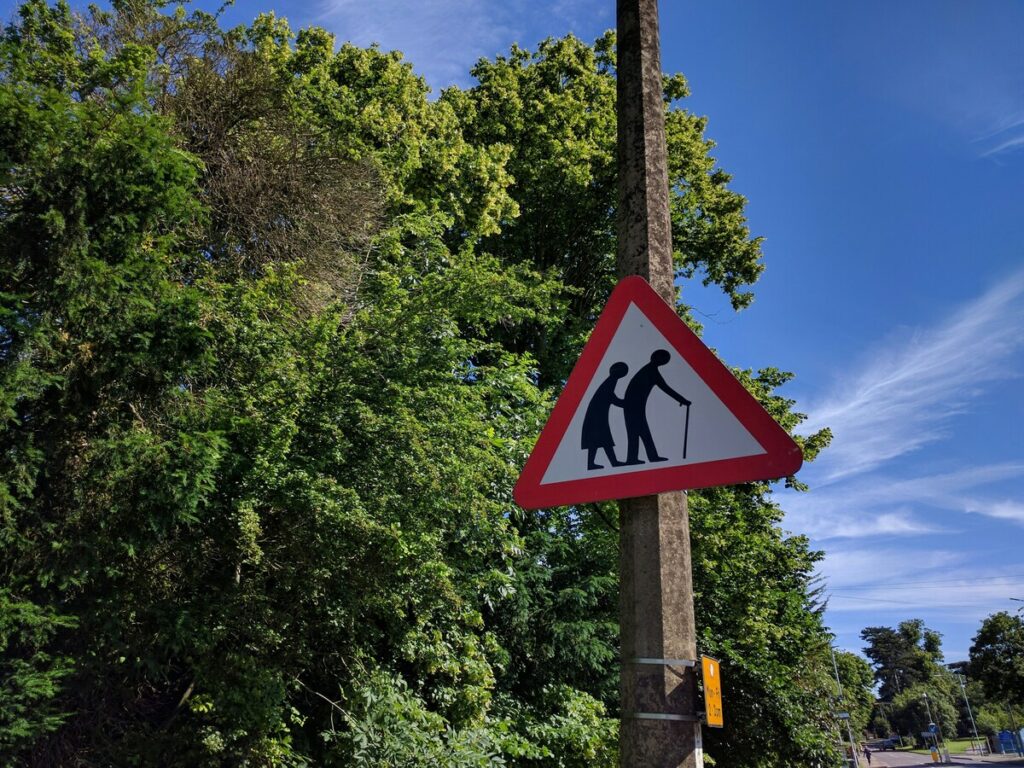
Design- und Layoutanforderungen
Temporäre Verkehrszeichen müssen für Sicherheit und Klarheit ausgelegt sein. Sie müssen strenge Regeln befolgen, um gut zu arbeiten und gesehen zu werden. Britischer Standard 8442:2015 Erklärt, wie man Schilder sicher und sichtbar macht. Diese Regeln entsprechen den Vorschriften für Verkehrszeichen und allgemeinen Anweisungen (Tsrgd). TSRGD legt Regeln für die Zeichengröße fest, Form, und wo sie platzieren sollen.
Hier ist eine einfache Zusammenfassung der Hauptregeln:
| Erfordernis | Beschreibung |
|---|---|
| Reflexionsvermögen | Zeichen müssen Licht reflektieren, um leicht zu sehen. |
| Beschilderungsstandards | Zeichen müssen die TSRGD -Regeln erfüllen, um korrekt zu sein. |
| Materialspezifikationen | Verwenden Sie R1/R2 -Reflexionsmaterial für Städte; R3B für schnelle Straßen. |
| Sicherheitsüberlegungen | Reflektierende Teile müssen den britischen Standards folgen, außer schwarze Bereiche. |
Schilder müssen auch dort platziert werden, wo die Fahrer sie klar sehen können. Dies gibt den Fahrern genug Zeit, um zu reagieren, alle sicherer halten.
Sichtbarkeits- und Reflexionsstandards
Eine gute Sichtbarkeit ist der Schlüssel, damit temporäre Verkehrszeichen gut funktionieren können. Zeichen sollten Licht reflektieren, damit sie nachts oder in schwachem Licht gesehen werden können. Materialien wie R1- und R2 -Noten werden für Straßen der Stadt und der Landschaft verwendet. Auf schnellen Autobahnen, Die Materialien der R3B -Klasse sind besser für die Sichtbarkeit. Diese Materialien helfen den Fahrern, Schilder von weitem zu bemerken, Arbeitszonen sicherer machen.
Um Zeichen sichtbar zu halten, Reinigen Sie sie und entfernen Sie alles, was sie blockiert, wie Pflanzen. Überprüfen Sie die Schilder häufig, um sicherzustellen, dass sie in gutem Zustand bleiben. Reflektierende Teile müssen BS treffen 8442:2015 Regeln, die sagen, dass alle Bereiche mit Ausnahme der schwarzen Teile das Licht richtig reflektieren sollten.
Temporäre Verkehrsmanagementschemata
Temporäre Verkehrspläne tragen dazu bei, die Straßen während Straßenarbeiten oder Änderungen sicher zu halten. Diese Pläne verwenden Schilder, um Autos und Menschen durch Arbeitsbereiche zu führen. Durch das folgende Kapitel 8 Regeln, Sie können Pläne erstellen, die Verwirrung und Verzögerungen vermeiden.
Die Verwendung von gut geplanten Verkehrsschemata schützt die Arbeitnehmer, reduziert Staus, und hält Fahrzeuge reibungslos in Bewegung.
Beleuchtungs- und Beleuchtungsrichtlinien
Gute Beleuchtung hilft, unter schwachen Bedingungen Zeichen sichtbar zu bleiben. Dies ist nachts oder bei schlechtem Wetter wichtig. Helle Zeichen führen Fahrer und Wanderer sicher durch Arbeitszonen. Kapitel 8 schlägt vor, reflektierende Materialien und zusätzliche Lichter zu verwenden, um die Sichtbarkeit zu verbessern.
Untersuchungen zeigen, dass Helligkeit der Schlüssel zum Lesen von Zeichen ist klar. Zum Beispiel:
- Eine Studie fand die niedrigste Helligkeit, die zum Lesen von Overhead -Zeichen erforderlich ist.
- Tests zeigten, dass reflektierende Zeichen für die meisten Nachtfahrer passen sollten, Besonders ältere.
- Helligkeit von 3.9 Und 6.9 CD/m² eignet sich am besten für Ewigkeiten 55 Und 65.
Diese Regeln zu erfüllen, Verwenden Sie reflektierende Materialien wie R1, R2, oder r3b. Auf schnellen Straßen, Fügen Sie tragbare Lichter oder LED -Beacons hinzu, um eine bessere Sichtbarkeit zu erhalten. Säubern und überprüfen Sie die Schilder häufig, um die Beleuchtung während des Projekts wirksam zu halten.
Geschwindigkeitsbegrenzungen und Sicherheitsmaßnahmen
Niedrigere Geschwindigkeitsgrenzen machen Arbeitszonen für alle sicherer. Langsamere Geschwindigkeiten reduzieren Unfälle und schützen Arbeiter und Fahrer. Kapitel 8 Die Geschwindigkeitsgrenzen sollten mit dem Straßentyp und der Arbeit abgeschlossen werden, die erledigt werden.
Verwendung Variable Geschwindigkeitsbegrenzung (VSL) Systeme kann helfen. Diese Systeme schneiden den Abstürze durch 16% und verbessern den Verkehrsfluss um 3–5%. Klare Geschwindigkeitsbegrenzungsschilder erzeugen sicherere Straßen und weniger Verzögerungen.
Temporäre Anzeichen sind der Schlüssel zur Durchsetzung der Geschwindigkeitsregeln. Platzieren Sie Geschwindigkeitsschilder, an denen Fahrer sie früh sehen können. Fügen Sie Zeichen wie “Vorsicht: Straßenarbeiten voraus” Fahrer warnen. Verwenden Sie Zapfen, Barrieren, und reflektierende Marker, um das Gebiet noch sicherer zu machen.
Praktische Überlegungen zur Verwendung von Kapitel 8 Zeichen
Ausbildung und Zertifizierung der Belegschaft
Das Training hilft den Arbeitnehmern, den temporären Verkehr sicher zu bewältigen. Die Teams müssen lernen, die folgenden Zeichen einzurichten und zu betreuen Kapitel 8 Regeln. Zertifizierungsprogramme, Wie die von den National Highways Sector Scheme (NHSS), Lehren Sie Fähigkeiten für ein sicheres Straßenverwaltungsmanagement.
Die Arbeitnehmer sollten auch wissen, warum Sichtbarkeit und Reflexionsvermögen wichtig sind. Das Training sollte zeigen, wie man Zeichen richtig platziert und sie sauber hält. Auffrischungskurse helfen den Arbeitnehmern, über neue Regeln und Methoden auf dem Laufenden zu bleiben.
Gesundheits- und Sicherheitsprotokolle
Sicherheit bei Straßenarbeiten muss immer an erster Stelle stehen. Überprüfen Sie zunächst Risiken und einen Sicherheitsplan. Dieser Plan sollte Arbeiter und Fahrer schützen.
Geben Sie den Arbeitern helle Kleidung und persönliche Schutzausrüstung (PS) zur Sicherheit. Platzieren Sie Schilder weit genug, damit die Fahrer rechtzeitig reagieren können. Verwenden Sie Kegel und Hindernisse, um den Bereich sicherer zu machen. Regelmäßige Schecks helfen dabei, Sicherheitsprobleme schnell zu beheben.
Tipp: Halten Sie ein Erste -Hilfe -Kit in der Nähe. Trainieren Arbeiter, um es in Notfällen zu verwenden.
Tipps zur Gewährleistung der Einhaltung
Folgen Kapitel 8 Regeln bewahren alle sicher und vermeiden Bußgelder. Kaufen Sie Schilder von vertrauenswürdigen Lieferanten wie OPTRAFFIC, die sich treffen BS 8442:2015 Standards. Stellen Sie sicher, dass Verkehrsschilder sauber sind, reflektierend, und leicht zu sehen.
Verwenden Sie eine Checkliste, um die Schilder zu bestätigen. Befolgen Sie das Handbuch für Verkehrszeichen. Überprüfen Sie ihre Größe, Helligkeit, und Platzierung. Überprüfen Sie Verkehrspläne häufig, um sie effektiv zu halten. Die Einstellung von Experten für das Verkehrsmanagement kann auch die Einhaltung der Einhaltung sicherstellen.
Erinnern: Durchbruch von Regeln kann Unfälle verursachen, Geldstrafen, und schaden Sie Ihren Ruf. Konzentrieren Sie sich immer auf Sicherheit und folgende Vorschriften.
Konsequenzen der Nichtbefolgung von Regeln
Nicht folgen Kapitel 8 Regeln können große Probleme verursachen. Diese Regeln werden getroffen, um Arbeiter und Straßenbenutzer sicher zu halten. Das Ignorieren kann zu Unfällen führen, rechtliche Probleme, und Schaden für Ihren Ruf.
1. Gegen das Gesetz verstoßen
Wenn Sie nicht folgen Kapitel 8, Sie könnten rechtliche Probleme haben. Die Behörden können Sie bestreiten oder Sie wegen unsicherer Praktiken vor Gericht bringen. Zum Beispiel, Wenn jemand verletzt wird, weil Anzeichen falsch waren, Sie könnten beschuldigt werden. Der Executive für Gesundheits- und Sicherheit (HSE) könnte auch untersuchen und Strafen geben.
Notiz: Während Kapitel 8 ist nicht immer eine gesetzliche Regel, Gerichte sehen es als Standard an. Nicht folgen könnte es schwieriger machen, sich vor Gericht zu verteidigen.
2. Geld verlieren
Ignorieren Kapitel 8 kann viel Geld kosten. Unfälle, die durch schlechte Verkehrszeichen verursacht werden. Das Beheben von zerstörten Werkzeugen oder das Ersetzen von schlechten Schildern erhöhen die Kosten. Bußgelder und Anwaltsgebühren können auch Ihr Budget beeinträchtigen.
3. Verletzen Sie Ihren Ruf
Ihr Ruf ist wichtig im Verkehrsmanagement. Nicht befolgen Regeln können Menschen dazu bringen, Vertrauen in Sie zu verlieren. Kunden und Räte möchten möglicherweise nicht mit Ihnen zusammenarbeiten, wenn sie der Meinung sind, dass Sicherheit nicht Ihre Priorität ist. Bad news from accidents or fines can make things worse.
4. More Accidents
Bad signs can confuse drivers and cause crashes. Drivers might make sudden moves, putting everyone in danger. Workers in unsafe areas are more likely to get hurt. These problems can slow down projects and block traffic.
Tipp: Always follow the rules to avoid these problems. Spend money on good training, Werkzeuge, and plans to keep everyone safe and protect your business.
Kapitel 8 signs are key to keeping roads safe during changes. They help drivers and walkers move safely through temporary roadworks. Following the rules makes things safer for workers and road users.
Erinnern: Training and planning are important for good traffic control. Spending time on these builds trust with clients and the public.
Verwenden Kapitel 8 signs properly to avoid accidents and save lives. Dies schützt auch den Ruf Ihrer Organisation.
FAQ
Was sind Kapitel 8 Straßenschilder aus?
Kapitel 8 Schilder werden aus starken Materialien wie Aluminium oder Stahl hergestellt. Diese Materialien helfen den Schildern durch schlechtes Wetter. Reflektierende Schichten, Wie R1, R2, oder r3b, Machen Sie es leichter, sie in schwachem Licht zu sehen.
Sind Kapitel 8 Zeichen legal erforderlich?
Kapitel 8 Regeln sind nicht immer ein rechtliches Muss. Aber sie werden als wichtiger Standard angesehen. Wenn Sie ihnen folgen, können Sie sicher bleiben und Probleme vermeiden, wenn Unfälle auftreten.
Wie oft sollte ein Kapitel 8 Zeichen werden inspiziert?
Überprüfen Sie das Kapitel 8 Zeichen oft, Besonders für lange Projekte. Suchen Sie nach Schmutz, Schaden, oder irgendetwas, das sie blockiert. Säubern und reparieren Sie Schilder, um sie sicher und leicht zu sehen.
Was sind Kapitel 8 Barrieren und Zeichen?
Diese beziehen sich auf Barrieren, Kegel, Zeichen, und andere Verkehrsmanagementgeräte Konform mit Kapitel 8 Standards, Wird verwendet, um den Verkehr zu kontrollieren und Arbeitszonen auf Straßen zu schützen.
Wer ist für das Kapitel verantwortlich 8 Einhaltung?
Auftragnehmer, Verkehrsteams, und Räte müssen Kapitel folgen 8 Regeln. Gute Ausbildung und Planung helfen jedem, sicher zu sein und die Richtlinien richtig zu befolgen.

